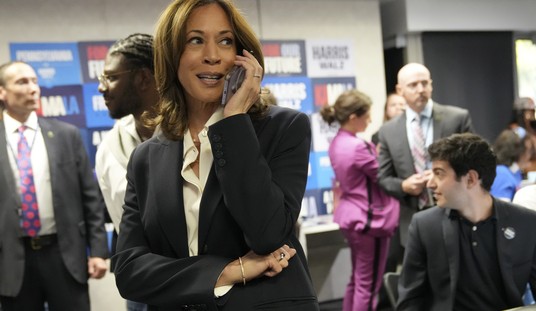Luckily, I did. I was admitted to George Washington University, which generously awarded me a grant covering the full cost of my tuition. To the best of my recollection, that sum was $2,400 in 1975, the year I entered GW. To pay for my other expenses there were several forms of need-based financial aid, and I received what is now called a Pell Grant and a subsidized work/study job on campus.
Advertisement
Adjusted for inflation, the $2,400 GW charged for tuition when I was a freshman would equal $10,220 today. But for freshmen entering this year, tuition at GW is $45,780. In other words, four years of GW in the 1970s cost less (in 2012 dollars) than a single year there -- or at many other universities -- today.
GW is a private institution, but the price of a college education has been skyrocketing at public campuses too. All told, the average cost of an undergraduate education has more than doubled in real dollars since I entered college in the mid-1970s. Over the past 3½ decades, the consumer price index has climbed around 3.8 percent per year; over the same period, college tuition and fees have been soaring at an annual rate of 7.45 percent. But nothing soars forever.
College opened my mind to all kind of new ideas, many of which I can remember animatedly chewing over with fellow students. But one thing I know we never discussed was the prospect of graduating from college with tens of thousands of dollars in debt hanging over our heads. In the 1970s, that would have been unimaginable. Now it's anything but.
"At a protest last year at New York University," began a story in Sunday's New York Times, "students called attention to their mounting debt by wearing T-shirts with the amount they owed scribbled across the front -- $90,000, $75,000, $20,000." Outstanding student-loan debt in the United States now stands at more than $1 trillion, a number greater than the total credit-card debt Americans owe. Millions of borrowers are in default; many others face the prospect of spending most of their lives paying for their college education.
Recommended
Advertisement
If there were a museum of good intentions leading to bad results, the government's longstanding policy of trying to make higher education affordable would be a featured exhibit. Most of the adults I grew up with had no more than a high-school education. But by the 1970s it was becoming axiomatic that college was a virtually unmitigated good, and that government subsidies could put a college degree within every family's reach.
So politicians right and left vied to increase funding for student aid, channeling ever more public dollars into Pell Grants, guaranteed loans, work-study subsidies, and tuition tax breaks. Colleges happily raised their prices to soak up the subsidies -- and to soak up as well all the money being borrowed by parents and students to finance college degrees that grew steadily less, not more, affordable. All the while Americans were assured that a college degree was an excellent investment, a gateway to prosperity tomorrow that justified the sticker shock today.
Many people said the same thing about technology stocks as their share prices shot upward in the 1990s. Even more recently people were saying the same thing about housing prices. In retrospect, the ugly collapse of the dot-com bubble in 2000 -- and the even more calamitous end to the housing bubble in 2007 -- seem inevitable. Is the higher-education bubble going to burst too?
Economic bubbles are sustained by belief, and there are signs everywhere that Americans no longer believe that a college degree is everything it has been cracked up to be. "Potential students are becoming aware of just how bad student debt can be," writes University of Tennessee law professor Glenn Harlan Reynolds in
Advertisement
"Is College A Lousy Investment?" asks Newsweek's current cover story. More and more Americans are deciding that the answer to that question is yes. It may not happen tomorrow, but the higher-education bubble is getting ready to burst.
























Join the conversation as a VIP Member